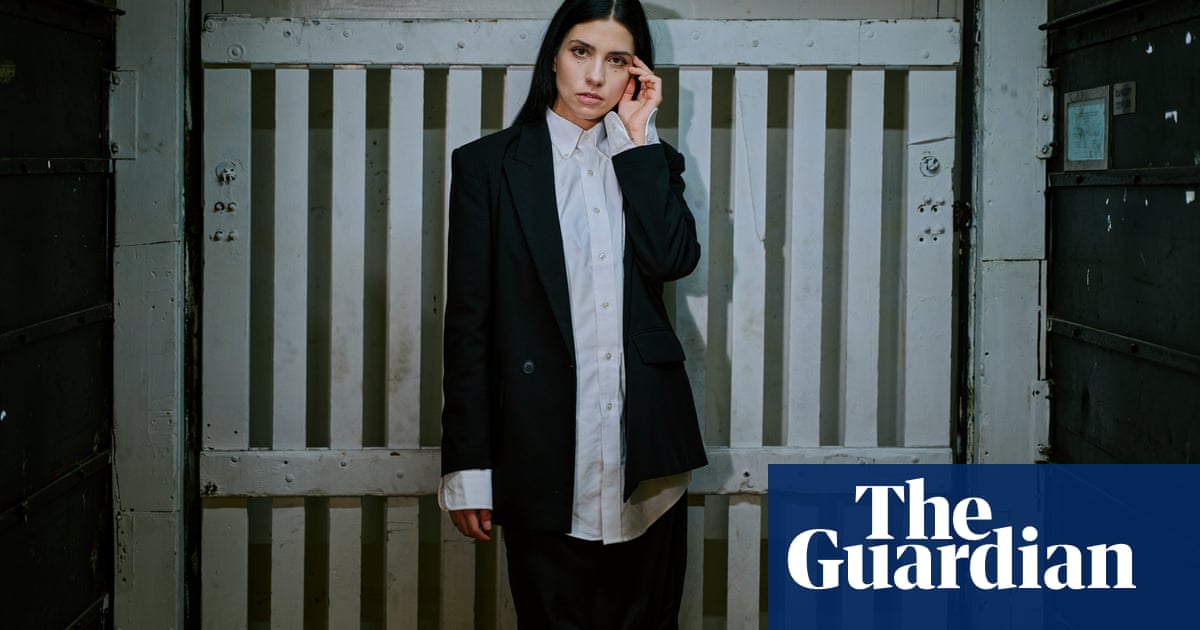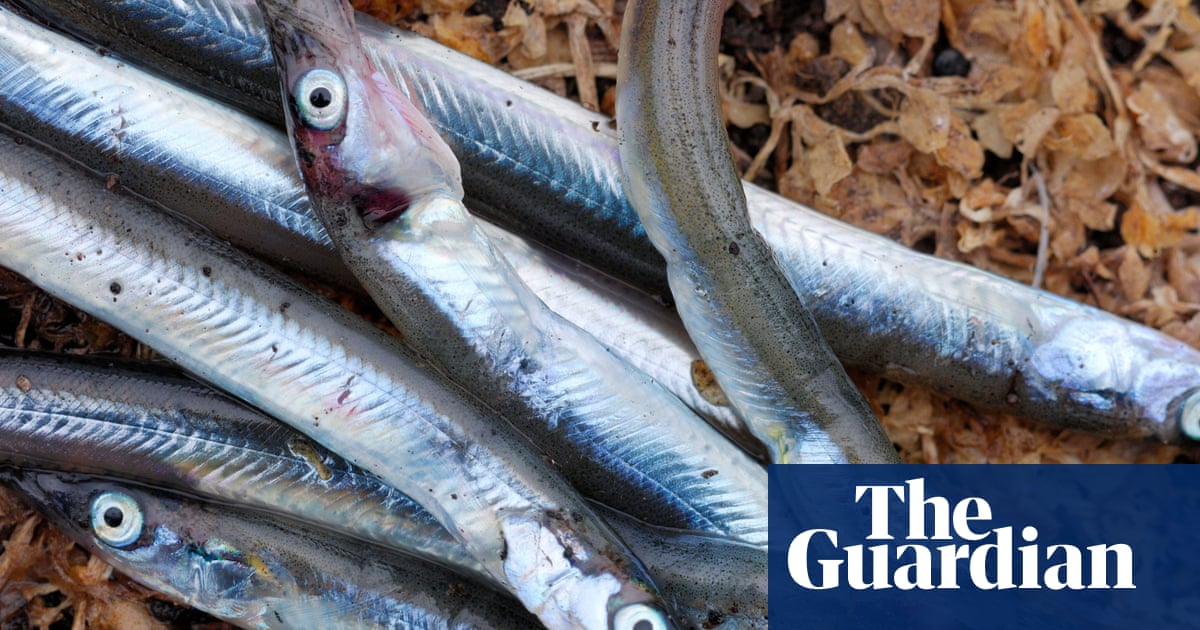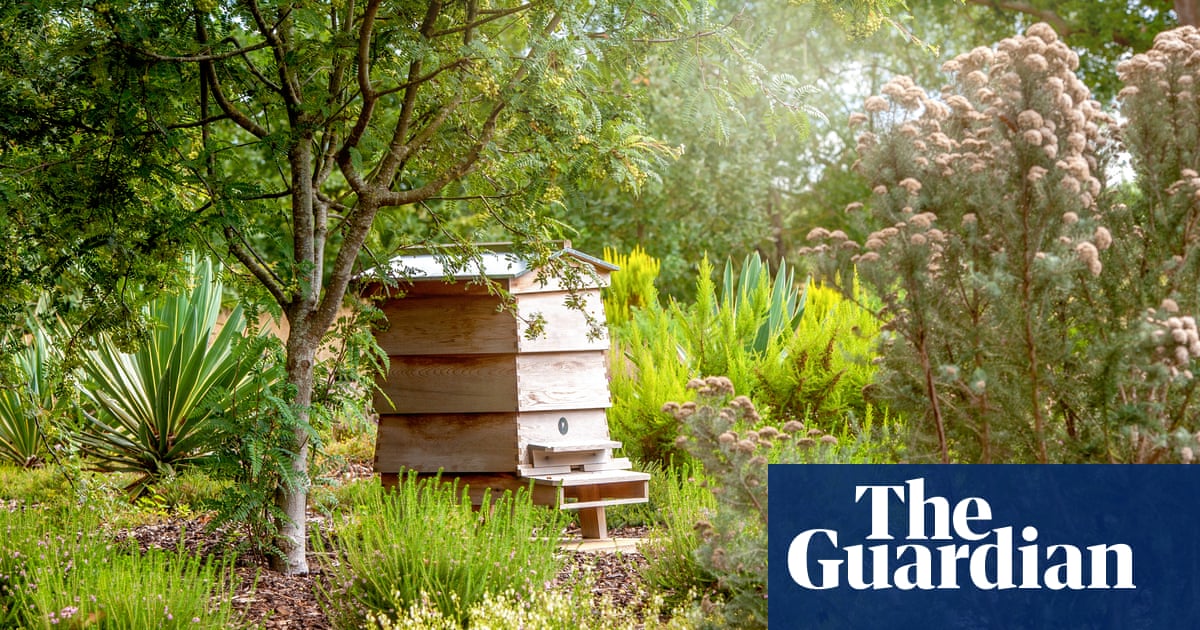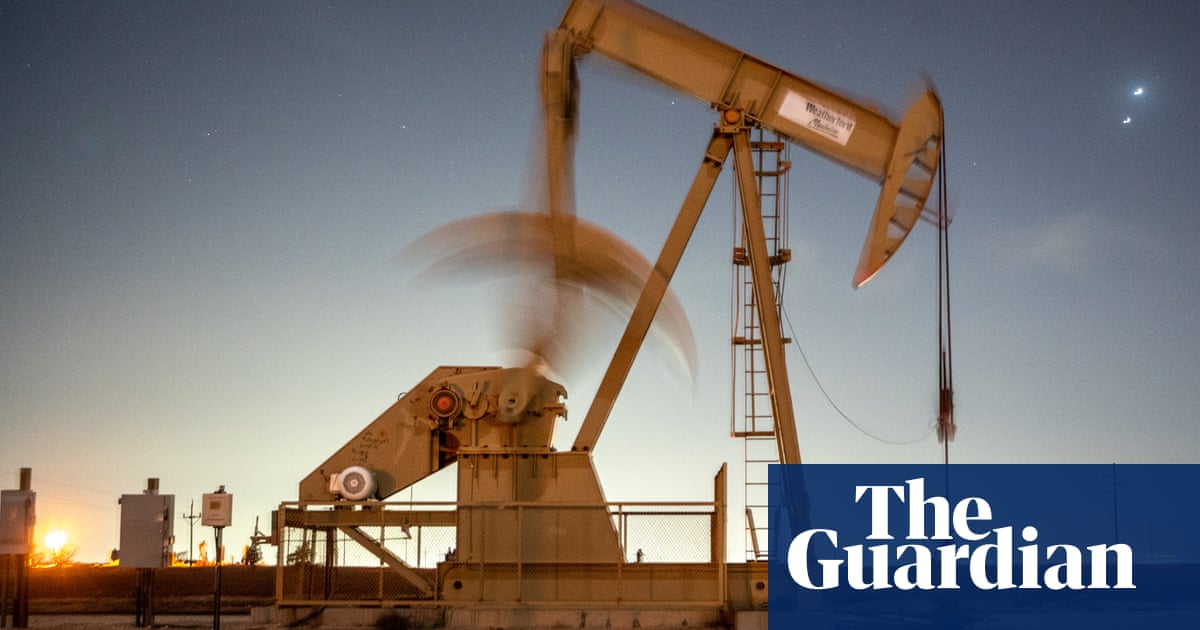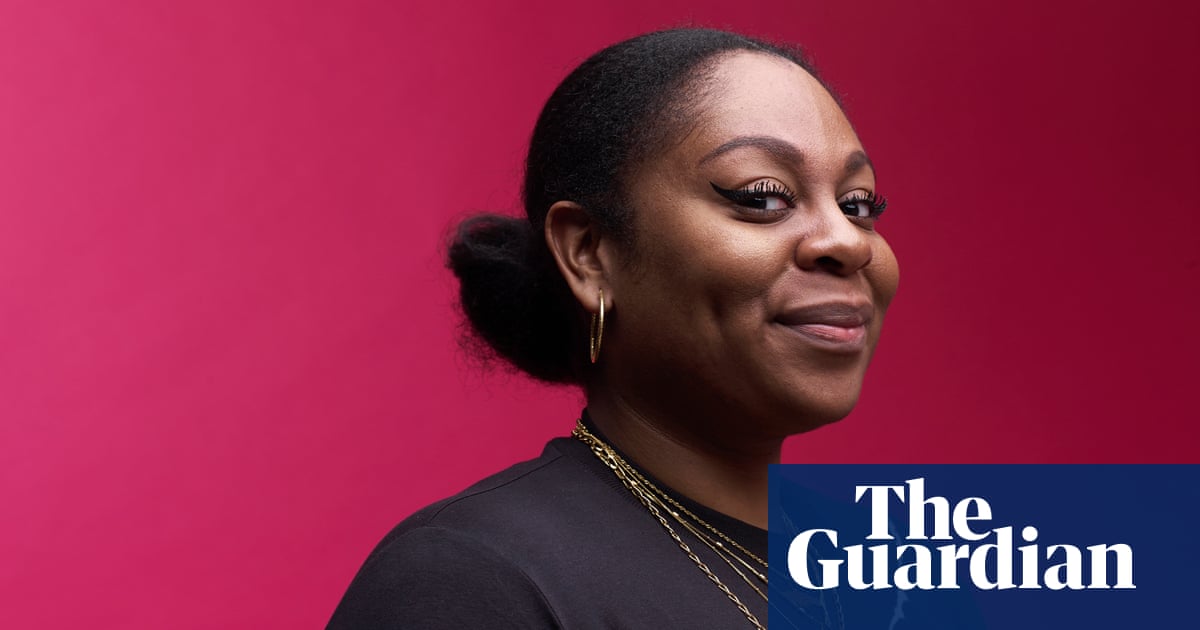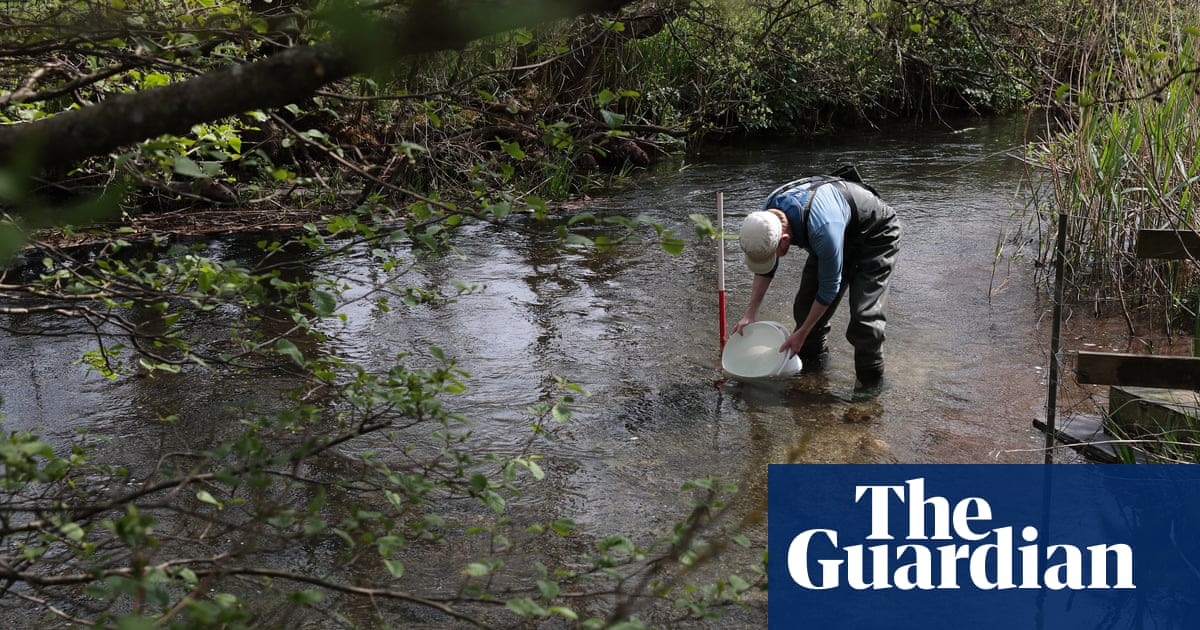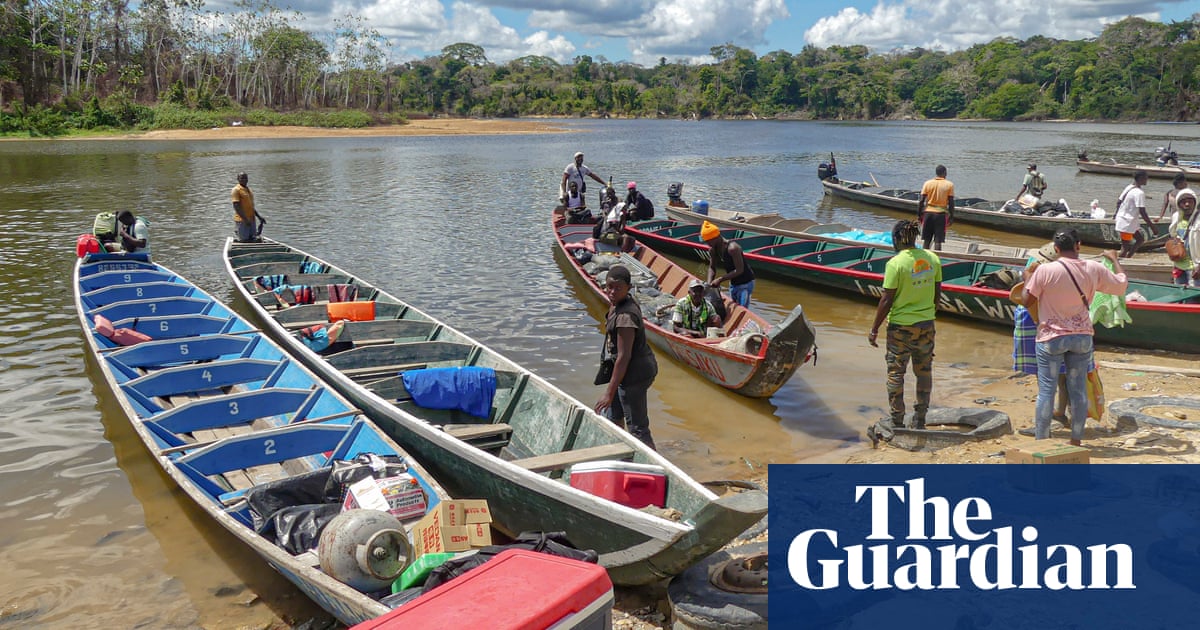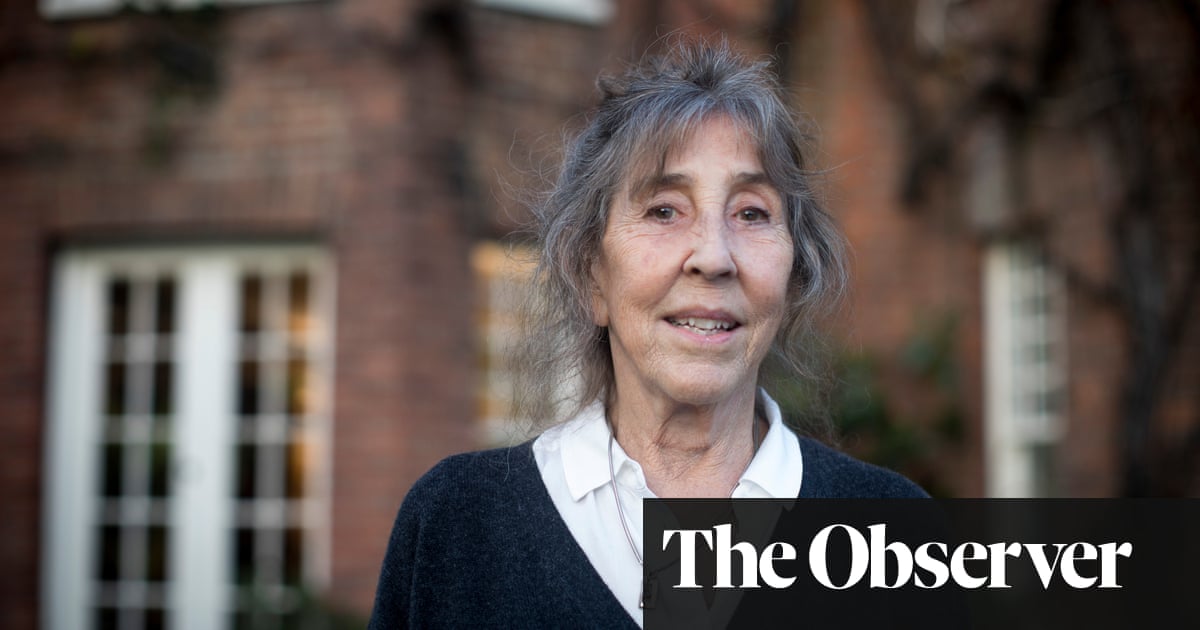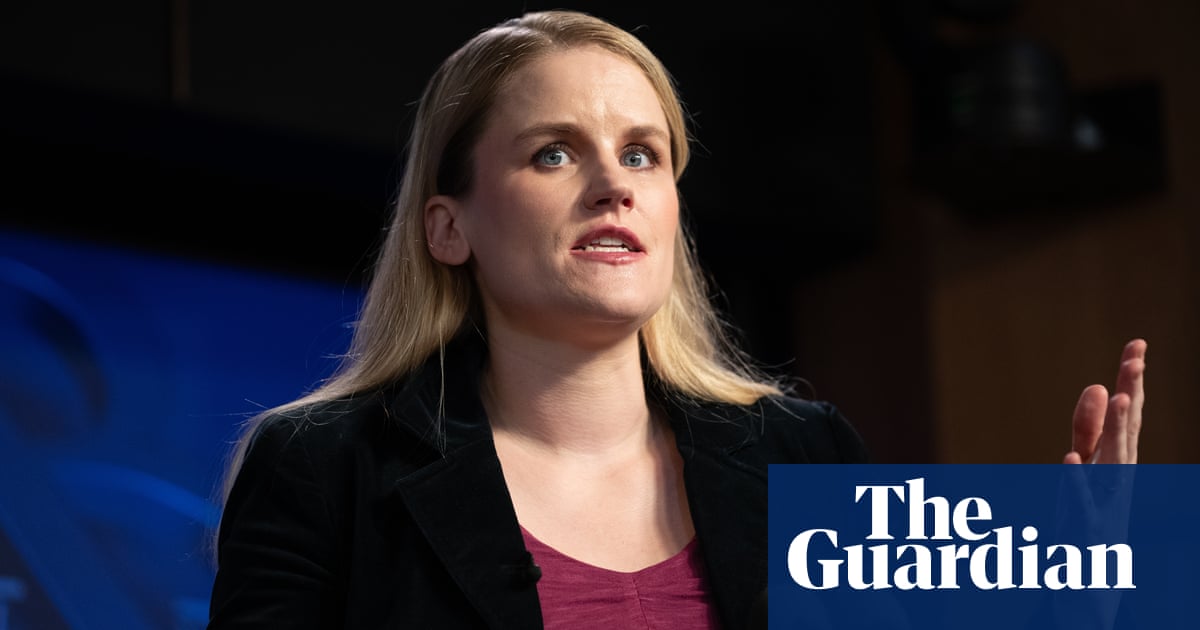As voters head to the polls to elect Australia’s new leader, another kind of competition will be unfolding south of Sydney: a face-off to determine the country’s heaviest oyster.
On 3 May, the Australia’s Biggest Oyster competition will return for its 18th year at the Narooma oyster festival, held on the New South Wales south coast – the heart of rock oyster country.
Over the three days of the festival, 65,000 oysters are expected to be harvested, shucked and enjoyed – but a handful will be strictly off-limits. These heavyweight contenders are all vying to be crowned the country’s largest living oyster.
Last year’s champion, Jill, weighed in at 3.01kg and was named the Australian Book of Records’ inaugural world’s heaviest oyster.
But Jill, who was nurtured for nearly a decade by oyster farmer Bernie Connell at Batemans Bay, died shortly after claiming the title.

Jill’s death leaves the competition open for other heavyweight oysters in the region. The Connell family, which has been in the oyster business for 95 years, is still in the running.
Last year, their oyster Big Boppa was presented by Bernie’s wife, Sharryn, and placed second at 2.44kg. Keithy – raised by Bernie’s son Steven – came third at 2.4kg.
This year’s entrants will be weighed on Saturday, and it is customary for a vet to be present at the weigh-in, to ensure all competitors show signs of life.
“It makes for good theatre on the main stage,” says Cath Peachey, chair of Narooma Rocks, which runs the festival.

To be eligible, oysters must be solo with no “piggyback” oysters joined to them, have minimal barnacles and “overgrowth” and be alive, with a vet checking for signs of life during the weigh-in.
Another top contender this year is Georgie, raised by twins Jim and John Yiannaros of Batemans Bay Oysters and due to be presented this year by Jim’s granddaughter Poppy.
Jim, a second-generation farmer and champion shucker who once represented Australia in the world oyster opening championships in Ireland, says Georgie is one of a surviving batch from 2014. While “probably not as big as Jill”, he’s moved her and others closer to the river mouth in hopes of better salinity.
“They’re like lovely little siblings,” he says of his largest oysters. “You just do your best to keep them alive.”
His wife, Valerie, says “we transport them like any other oyster – in a deep basket of water”.
Valerie says community traditions are important to the family – her daughter even paints and decorates their shells.
After hearing stories of oysters dying before the competition, she says: “We just hope none of ours will.”

Further upriver, Kirk Hargreaves of Oysters on the Clyde will bring Aunty Raelene, who weighed 2.1kg at last year’s contest and has bulked up since.
after newsletter promotion
“She’s a bit bigger this year,” he says.
Hargreaves’ 2022 champion Uncle Ray – who was 2.2kg – died last summer during a heatwave.
“Ray was intertidal – out of the water at low tide and then having a good drink under the water once the tide came back in,” Hargreaves says. “He must have perished out of the water … I should have moved him.”
Oyster health is a growing concern for farmers, Peachey says, with warming waters and increasingly frequent rain diluting estuarine salinity.
“They’re very susceptible to too much fresh water and warm water temperatures,” she says.
Also in the mix are Finneas and Aphrodite – both just shy of 2kg, presented by fifth-generation oyster farmers Avia (11) and Riley (9) from The Oyster Shed on the Clyde.
“The kids are roughly the same age as the oysters,” their mother, Jade Norris, says. “Ours would be around 10 years old.”
One notable absentee, for now, is Little Jim III – the Shoalhaven-based contender from Jim Wild’s Oysters. The giant oyster has gone missing, according to Peachey.

Hargreaves laughs when told of the disappearance. “You know what, it happens more than you’d think,” he says. “It’s common out here on the leases – they’re just so big.” (In NSW, famers lease crown land for oyster farming.)
Peachey agrees. “You just never know what’ll happen. Farmers move them around for health and safekeeping.”
“Little Jim III still hasn’t been found yet,” she adds. “But I hope he’ll make an appearance.”
Although Jill has passed away, she’ll still make an appearance at the festival. Connell plans to honour Jill’s legacy by wheeling her empty shell through the crowd in a pram – as he once did for another beloved oyster named Jack.
“It’s not often you can get a world champion,” he says. “Every day at home you’d go have a look, see if anyone’s pinched her – it puts a bit of spark in you.”

 12 hours ago
9
12 hours ago
9
